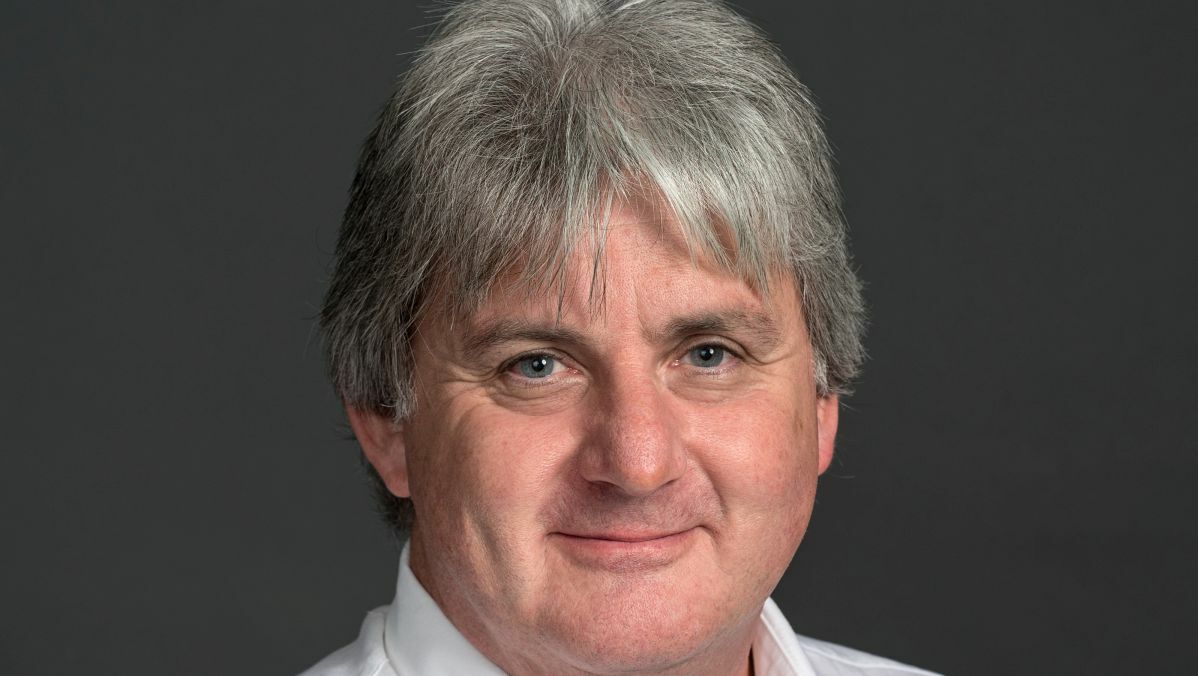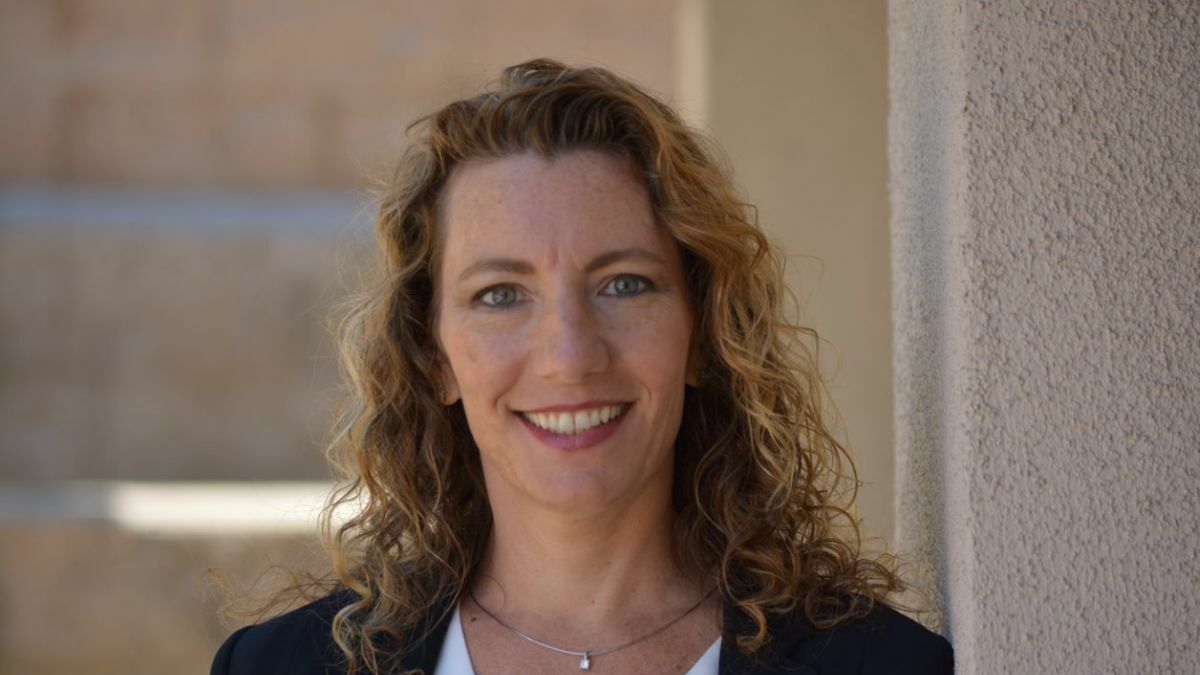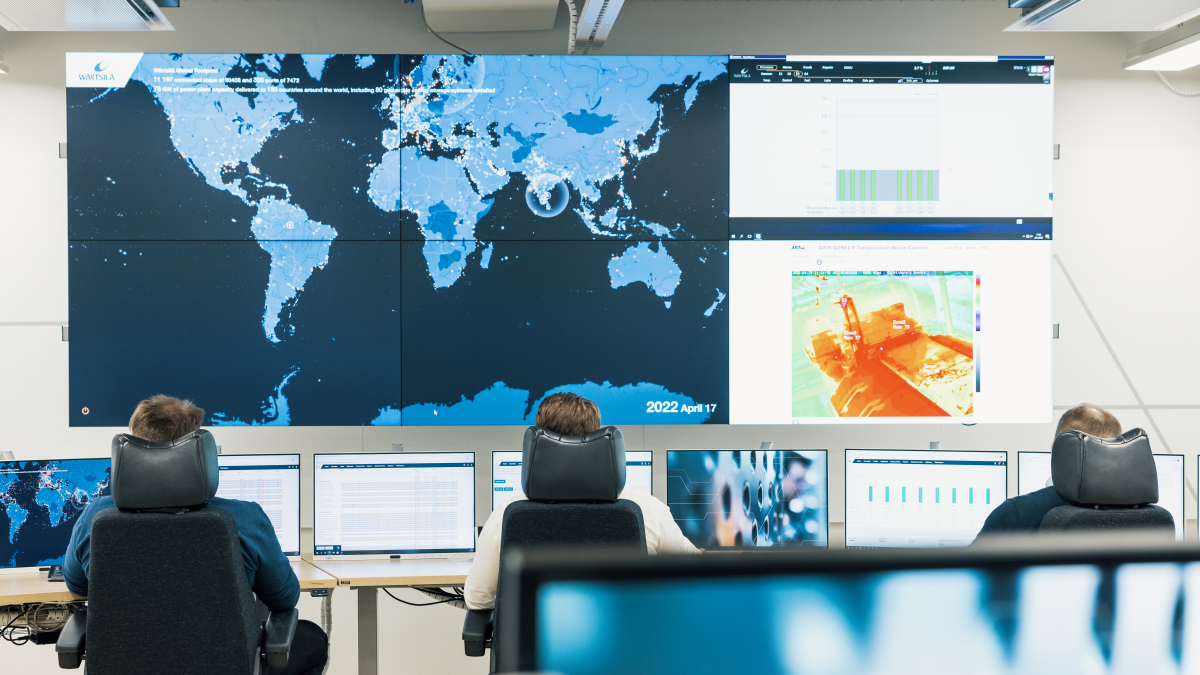Business Sectors
Events
Contents
BWMS: 21% of systems fail D-2 requirements
Commissioning testing of BWMS is not yet compulsory, but those tests that have taken place show a worryingly high fail rate
Owners and operators need to balance myriad factors when selecting a BWMS. These include type-approval, flow rates, trading patterns, purchase price, installation time, crew training and operating costs. But, as Ecochlor vice president of business development Andrew Marshall explained during Riviera Maritime Media’s Navigating the BWMS System Selection Maze webinar, the key criteria is often reduced to: “It’s cheap, it’s got a type-approval certificate, I’ll have it – what is it?”
The lowest capex per ballast water treatment type-approval should never be the criteria for choosing such a complex piece of equipment, but equally, the procurement departments of vessel owners and operators should be aware of selecting one make and model to cover every vessel in the fleet. “Selecting the right equipment for your vessel is absolutely important,” said EnvironManagement vice president Marcie Merksamer, who trained as an environmental biologist and has focused on aquatic invasive species and ballast water topics for 19 years. She assists shipowners with regulatory compliance and guides ballast water treatment technology manufacturers through US and international approvals. A primary goal in her work is to facilitate productive working relationships between scientists, technology developers, industry and regulatory stakeholders. “This may mean that a shipowner is working with more than one manufacturer depending on the operational profiles of their fleet,” she said.
“A UV system might be challenged if you constantly operate in waters with very high levels of total suspended solids”
This was echoed by Mr Marshall, who has more than 10 years in the industry: “There is no one ballast water treatment technology, which is optimised for every type of vessel operation, for every size of vessel, for every flow rate. Every ballast water treatment technology has a sweet spot.
“I personally wouldn’t fit an electrochlorination system on a vessel that was going to operate predominantly in freshwater or very low salinity water," said Mr Marshall. “You may find that a UV system would be challenged if you constantly operate in waters with very high levels of total suspended solids.”
The procurement of a ballast water treatment system (BWMS) for a newbuilding or for retrofit installation is a lifecycle commitment; the owner or operator has no expectation that the BWMS is going to be replaced at any time during the life of the vessel. Accepting that reality means the selection of the BWMS is as much about the selection of a business partner for the lifetime of the vessel. “Obviously, price is an important consideration, but what is really important is the pre-sale engagement of the manufacturer and most importantly, post-sale,” said Ms Merksamer whose role as a consultant includes working with a wide range of clients on the fitment and testing side. Mr Marshall offered a simple test for a BWMS manufacturer’s credibility: “A manufacturer should be able to demonstrate reliability through strong customer data uptime statistics,” he said.

Not everyone has the luxury of choosing the BWMS on the vessel. In the case of a second-hand purchase, the BWMS may already be installed. The new owner would be wise to try and retain crew that understand the BWMS, but often the change of ownership involves a change in shipmanagement and a new crew. Some BWMS manufacturers offer crew training. This can be in the factory, although this has not been possible during most of 2020 due to the travel restrictions from the Covid-19 pandemic. Others, such as Ecochlor, have engineers that visit the vessels to replenish active substances. According to Mr Marshall, this is also an opportunity for training to take place.
Representing owners at the webinar was Capital Ship Management’s director of newbuildings Nikolas Vaporis. He has 10 years’ new construction experience in Korea with tankers, LNG and container projects. He pointed out that newbuilding shipyards offer only one or two BWMS options. These are the make and models that have made it onto the Makers’ List. An owner has to accept this BWMS or face increased costs to have another BWMS fitted.
Mr Vaporis noted that BWMS continues to be a “black-box” for seafarers and those ashore. It is a technology forced on owners and operators. It is also a technology that is challenging for many to use, be it UV or active substance. That is a concern, but from the shipowner’s point of view the main issue is to acquire as much training as possible before the vessel sales. However, the commercial reality is that the vessel may sail from the yard with the BWMS only partially installed.
From then and throughout the lifecycle of the ship, the major requirements from a ship operators’ viewpoint are for a BWMS to have a full service after-sales operation available 24 hours a day, seven days the week. “A BWMS failure is a 24/7 operation. It is not enough to receive an email six or seven hours later,” said Mr Vaporis.
“The commercial reality is that the vessel may sail from the yard with the BWMS only partially installed”
Training is also required to understand the major components of the BWMS, like pumps and filters. There are across-the-brands BWMS technologies, and owners and operators may have favourite suppliers with which the technical department is most familiar. Several BWMS have been type-approved with different makes of filters. Manufacturer Filtersafe offers crew training at the factory and via simulators; vice president ballast water division Nier Israeli-Spielberg, who for the past 13 years has been instrumental in establishing Filtersafe’s current infrastructure, said that like the BWMS themselves, the filters have been on an evolutionary journey. Filtersafe has adapted to the demands of owners and manufacturers: “Each pressure vessel can be fitted with the fixtures that enable it to be placed vertically or horizontally,” said Mr Israeli-Spielberg. “This allows for the modulisation required for some installations. It also means that for the planners and designers have the choice of configuration,” he said.
Pressure loss
During the webinar Mr Israeli-Spielberg was asked how pressure loss can be minimised. “There are several options,” he explained. “The most common is throttling the outlet. This increases the inlet pressure, but it mitigates the outlet flow, too. One consequence could be a longer ballasting process. Other alternatives include introducing more boosting capacity or replacing the pump. The filter is a pressure differential product and Filtersafe are very efficient in that respect.”
Ms Merksamer has years of experience working with all stakeholders involved in planning and installing BWMS. “Early on in the process do try to understand these various aspects of the different stakeholders,” she explained. “A successful BWMS installation requires the co-ordination of these stakeholders,” she said. Opening and maintaining lines of communications is essential. “In our experience, we sometimes see the ballast water management installation pushed to the very last days of the shipyard time,” she said. “Installers should also be realistic and openly communicate their scheduling needs,” she said.
All these plans will have been thrown into chaos by the Covid-19 pandemic, which will have interrupted supply chains for manufacturers, shipyards and installers. This is particularly problematic for owners that have specified BWTS to the original IMO G8 type-approval requirements. These BWMS need to be physically delivered to the ship by the 28 October 2020 deadline, or at least nominally delivered and recognised as such in the contract with the vendor. After the deadline, only BWMS that meet the revised G8 criteria can be installed. So far, IMO – which is in lockdown like most other organisations based in London – has not publicly agreed to any extension date to the revised G8 deadline. The US Coast Guard (USCG) has recognised the issues and published Marine Safety Information Bulletin (MSIB) 14-20 “COVID-19: Ballast Water Management (BWM) Extensions”.
“We sometimes see the ballast water management installation pushed to the very last days of the shipyard time”
The USCG MSIB provides different guidance based on extension requests for up to 12 months, or greater than 12 months. During the webinar attendees were asked: If IMO offers extensions for BWMS installation/compliance dates, will you take advantage of this? – 90% of webinar attendees said they would do so.
One third of the those attending the webinar felt the extension should be between six and 12 months. Somewhat surprisingly, over a third of those were not aware that the USCG has offered extensions on the compliance dates.
One particular concern stemming from the current lockdown restrictions is that of IMO D-2 standard compliance. SGS is a testing company that supports shipowners and ship managers with their compliance monitoring and commissioning testing (VGP, MARPOL, EGCS, BWMS, sanitation surveys). The company’s regional manager is Guillaume Drillet, who has 19 years of experience working with environmental sciences in the public and private sectors and is the chairman of Global TestNet, an organisation supporting the robust testing of solutions to manage bio-invasions from shipping (ballast water and biofouling).
In recent years he has been heavily involved in the revision of the guidelines for the testing of BWMS, as well as the development of methodology for the issuance of exemptions according to regulation A4 of the ballast water management convention. Mr Drillet is also a consultant in the IMO Roster (IMO ITCP and IMO-NORAD MEPSEAS projects) dealing with the ballast water and AFS conventions. He noted that commissioning may be the only occasion in the lifetime of a ship that compliance with the D-2 performance standard is verified and that is carried out by those involved in the installation. It is possible then that the BWMS is not performing to type-approval standards and D-2 requirements, which would be harmful to the aquatic environment.
Aside from a few administrations acting as front runners, the guidance on commissioning will not apply before October 2021. Currently, Singapore, Australia, Cyprus, and theoretically all EU countries require commissioning of newly installed BWMS following BWM.2/Circ.70. Panama has recently changed the instructions for ships sailing its flag from mandatory to voluntary testing.
When mandatory testing is introduced, shipowners and operators may find themselves having operated BWMS that are not performing to D-2 standard, which could result in a penalty by Port State Control.
Between the end of October 2019 and mid-April 2020, the Global Marine Services group at SGS conducted commissioning tests for 95 BWMS in nine countries, for vessels of five flag States, under eight classification societies, and from 14 vendors. Notable findings include:
- Of the ships sampled, approximately one fifth (21%) failed to meet the D-2 performance standard.
- All failures to meet the D-2 performance standards occurred in the largest size class (≥50 µm) of organisms.
- Failures also occurred in the ≥10 µm to <50 µm size class (2%) and the indicator microbes (<10 µm; 6%).
- Neither the BWMS manufacturer nor the designated classification society were present during all of the tests, with 67% attendance by manufacturers, and 67% attendance by the ship’s classification society.
- 67% of analyses were carried out using indicative analysis only and 25% of analyses were done in two stages: indicative analyses first, followed by detailed analyses to verify or refute non-compliance results from indicative testing.
- Detailed analyses refuted 54% of the failures that had been determined using only indicative analyses.
Mr Drillet noted that 21% of the installations did not meet the D-2 performance standard of the Convention, and all failures were found in the largest size class of organisms (≥50 µm). In many respects, the resistance of larger organisms to treatment is not surprising, and this is the most likely size class to generate non-compliance. Testing this size class illustrates to need to ensure that the filtration step (which is present on nearly all BWMS) is functioning properly (e.g., the integrity of the filter must be assured).
The results of the testing show that basing the selection of a BWMS on the type-approval certification could lend the owner and operator a false sense of confidence. By using a third-party testing service like SGS or EnvironManagement at the commissioning stage, anomalies could be assessed and addressed earlier. “In some cases, there are more organisms in the outflow ballast water than the inflow,” said Mr Drillet. That was due to a failure to clean the ballast water tanks before installation.
This simple omission highlights how crucial the planning stage is to a successful installation. That planning should continue through to the final days in the shipyard.
Takeaways
“We see that there are many technical details that need to be considered. This is a whole life-cycle product and it needs to be considered as such,” said Ms Merksamer.
Mr Drillet added: “I think we should take a step back and look at the BWM Convention as a whole. It is a remarkable management tool and we should all be proud with what we are achieving. The experience building phase is crucial and like our colleagues at WHO say, we should test more.”
Filtersafe’s Mr Israeli-Spielberg concluded: “My concerns are for the supply chains in the aftermath of the Covid-19 pandemic. The sharp fall in global economic activity is a great concern to me.”
And Capital Ship Management’s Mr Vaporis suggested to owners and operators: “Allow a lot of time for the selection of the system and go with good partners – do not base the decision on price. Plan for every eventuality. Even be prepared to leave the shipyard without a full installation – plan for the remaining installation at sea.”
Watch the Navigating the BWMS System Selection Maze in our webinar library
Related to this Story
Events
Maritime Environmental Protection Webinar Week
Cyber & Vessel Security Webinar Week
The illusion of safety: what we're getting wrong about crews, tech, and fatigue
Responsible Ship Recycling Forum 2025
© 2024 Riviera Maritime Media Ltd.

















